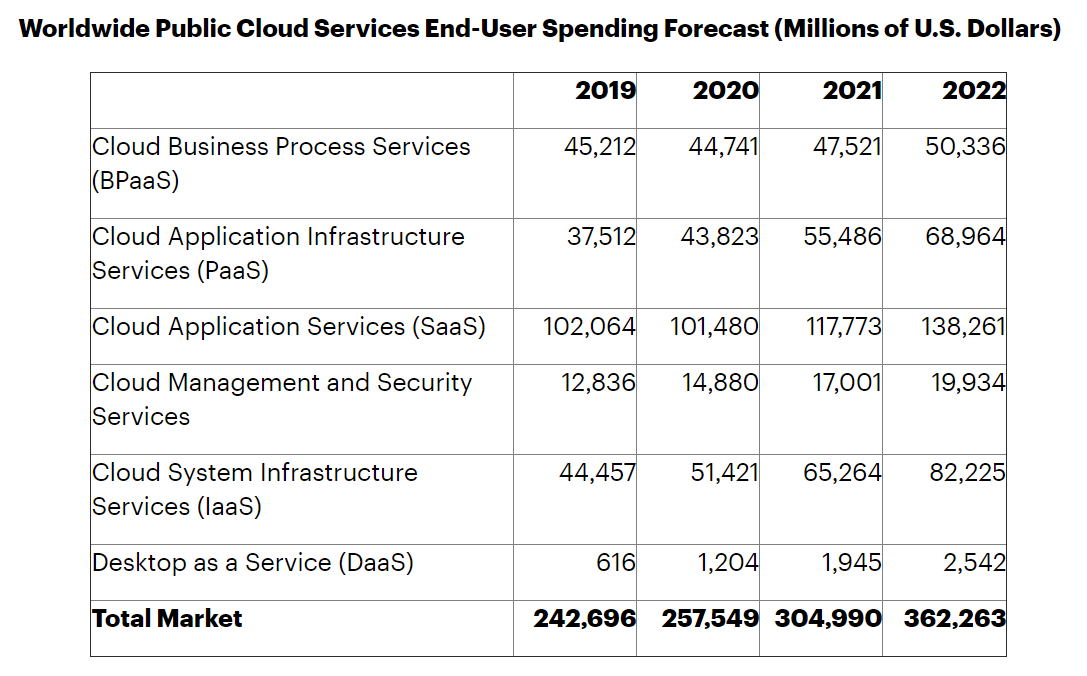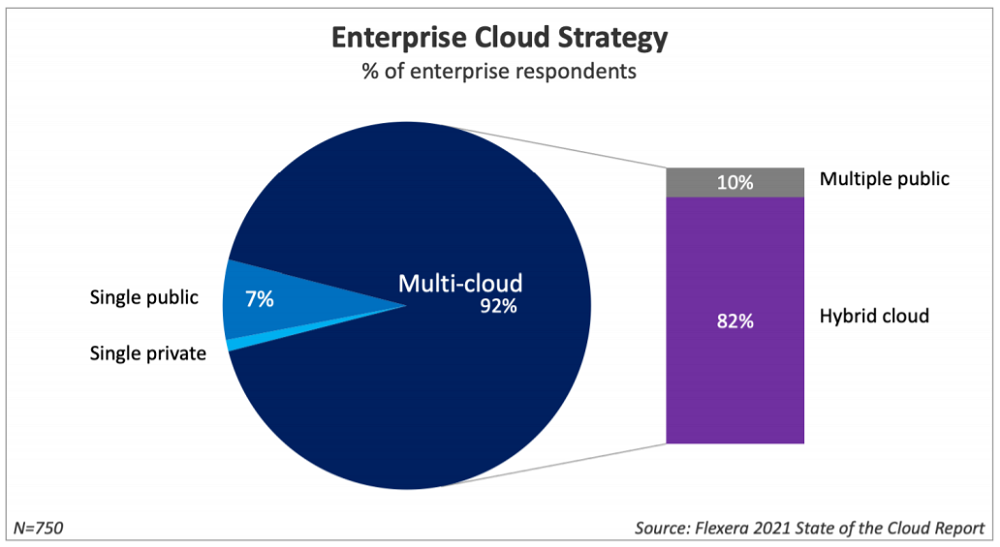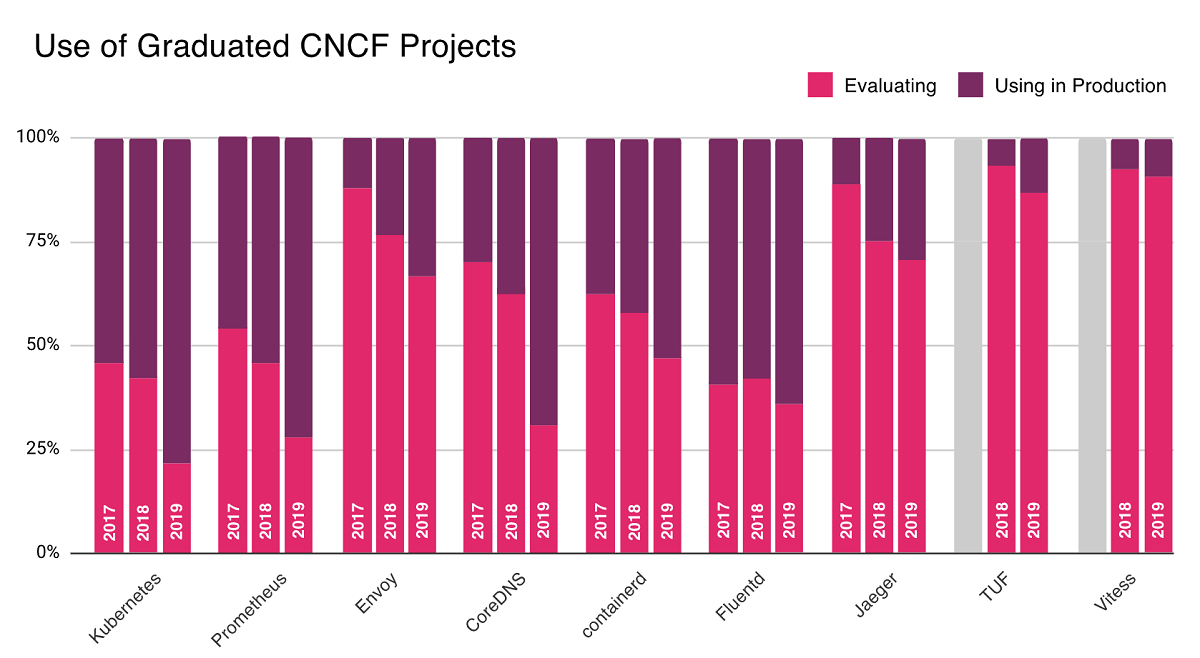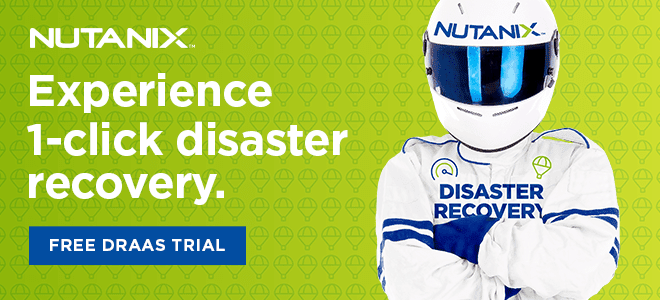Cloud computing is one of the key factors that has kept the world economy going and supply chains moving in the face of the COVID-19 pandemic. The cloud has facilitated business continuity in the enterprise by enabling millions of personnel to work from home and smoothly access their data, files, and apps, radically changing their business models in the space of a few months.
Forrester Research claimed that “cloud has taken center stage in the pandemic recovery” and revised its estimate of the worth of the global public cloud infrastructure market upwards from $113 billion to $120 billion.
“The effects of COVID-19 will linger throughout 2021, as businesses will look to lay a foundation for increased agility,” Dustin Milberg, CTO of Cloud Services at InterVision, told CRN. “Cloud will take a key focus in this goal, given its benefits of improved accessibility, scalability, and flexibility.”
As workplaces have become increasingly decentralized in the aftermath of the pandemic, enterprise technology needs have correspondingly grown more complex. However, the advances in certain technologies, software, and services associated with cloud computing are enabling businesses to improve operational processes and accelerate delivery.
How these will pan out in 2021, minus the customary hype about AI, VR, and IoT?
Public Cloud
Public cloud is the very definition – and lies at the core – of cloud computing. The public cloud market can only inflate in size as changing consumer behavior in the wake of the pandemic forces companies to prioritize customer experience (CX) – i.e. ease of use and speed of service – over cost savings.
“As a company, our focus shifted from running a business to achieve our financial plan to functioning as an essential retailer operating in a pandemic,” said Marvin Ellison, CEO of Lowe’s, who built and got a curbside pick-up app up and running on Google Cloud in just three days.
Meanwhile, Moderna used AWS to accelerate its vaccine research, while Etsy used Google Cloud to cater to buyers of its 65 million plus products.
“The pandemic validated cloud’s value proposition,” said Sid Nag, research vice president at Gartner. “The ability to use on-demand, scalable cloud models to achieve cost efficiency and business continuity is providing the impetus for organizations to rapidly accelerate their digital business transformation plans. The increased use of public cloud services has reinforced cloud adoption to be the new normal, now more than ever.”
Considering these changes, Gartner predicted that global end-user spending on public cloud services will grow 18.4% to $304.9 billion in 2021 from $257.5 billion in 2020.

DaaS
As work from home and remote login becomes the norm even in traditionally “in-person” setups like call centers, financial trading centers, and public organizations, Desktop-as-a-Service (DaaS) – the cloud version of Virtual Desktop Interface (VDI) – is slowly but steadily gaining hold.
Gartner forecasts that DaaS will be a $2.6 billion market by 2023.
DaaS systems’ ability to hit the ground running and ensure continuous delivery of mission-critical applications is exemplified by how Vodafone kept its 50,000 employees connected during the pandemic with a hybrid, hyperconverged deployment of VDI and DaaS, involving Windows Virtual Desktops (WVD) on the Microsoft Azure public cloud.
Not just enterprise private companies, but also government organizations such as schools and hospitals are embracing DaaS, which gives them the freedom to move to readymade virtual desktops without the upfront CAPEX and updating and maintenance costs of the underlying hardware. Two shining examples, Creighton University in Nebraska, Omaha and Robert Gordon University in Aberdeen, Scotland, were both able to seamlessly switch whole departments (each of which used a wide range of complex applications) to regular online learning within a few days.
DRaaS
An old but still oft-quoted stat from Gartner puts the cost of IT downtime at $5,600 per minute. Although it depends on the nature of the business, the industry it is in, and its products, the very scale of this cost is terrifying. Today, organizations have to deal with the additional weights of data privacy regulations like GDPR and CCPA as well as an ever-increasing number of security threats and breaches.
Not so long back, companies didn’t even consider moving their Disaster Recovery (DR) operations out of their own data centers due to the incongruities caused by networking and security protocols, inconsistent licensing policies, and application portability issues between data centers and public clouds. However, vendors have fixed most of these discrepancies and mismatches in the last couple of years and built resilient cloud platforms for data storage, backup, redundancy and recovery.
An increasing number of enterprises are therefore looking at automated Disaster-Recovery-as-a-Service (DRaaS) platforms on the cloud to provide resiliency to their infrastructure and reduce their recovery times significantly. In fact, IDC expects the DRaaS market to be worth $6.92 billion by 2023, as revealed by their Research Director Phil Goodwin to TechTarget.
Hybrid Cloud
As cloud systems have matured, there is an increasing consensus that neither a public nor a private cloud environment can satisfy all the needs of the enterprise in itself. There are needs and challenges in data security, flexibility, and performance in both of these. As a result, 82% of enterprises have taken a hybrid approach to their cloud infrastructure, as per Flexara’s 2021 State of the Cloud report.

As offerings from the public cloud behemoths Amazon, Google and Microsoft as well as MSPs and niche private cloud vendors widen in scope, organizations have the ability to pick and choose the applications, platforms and architectures that best suit their needs.
While some choices are simple (such as using private cloud to store customer data and public cloud for content delivery), evolving hybrid cloud models are also giving enterprises the ability to lift and shift their current applications to the cloud by just buying “bare metal” cloud space (IaaS-like resources comprising of raw compute and storage).
“This is a sign of maturation of cloud services because as in anything, when the market first develops, one size fits all. One size never fits all, but now parts of cloud services are going after performance. We have a lot of customers that come to us from public cloud because it gives more customizable options for their workload. They can scale up more – you can get a quad processor; you can fully customize the underlying storage…” said Marc Jones, CTO at Alkami Technology, formerly at IBM Cloud.
Research firm MarketsandMarkets estimated that the hybrid cloud market will be worth $97 billion by 2023 on the back of characteristics like scalability, cost efficiency, security and agility. This may well mean the distinction between private and public clouds will be broken down and shift to “dedicated” and “shared.”
Cloud-Native Applications
Cloud-native applications are those built especially for the cloud platform they run in, as opposed to a regular OS or a physical server. This means they can be linked via API to each other, instead of being compatible with the underlying platform.
Enterprises find this architecture more resilient and manageable. A survey by the Cloud Native Computing Foundation reported that cloud native projects reached more than 50% use in production.

Cloud native technologies such as Kubernetes and containers make it easy for developers to build customer-facing apps, scale them, and migrate them from the data center to the cloud or the edge. Research by Forrester indicates that while 22% developers used containers to build application software on public clouds before COVID-19 struck, the figure is up to 28% today, pointing towards a public cloud-native first approach.
That said, the nascent cloud-native market is due for a shake-up even as it grows.
“The cloud-native ecosystem will see further consolidation, with the dominant players solidifying their leadership in the market,” said Rani Osnat, VP of strategy at Aqua Security. “Even for a fast-growing segment, this space can’t contain so many Kubernetes distributions, point solutions, and open source projects for a long time.”
Rain and Shine
Cloud computing is powering pretty much every business and technological advancement today, with its extended agility and scalability. The COVID-19 crisis has accelerated the strategic shift in the enterprise to view the cloud as a technology enabler.
In fact, entire industries are being changed radically by the rapid improvement in cloud capabilities. For instance, Frost and Sullivan found that the adoption of telehealth has been fast forwarded two years in the wake of the pandemic. It could only be a consequence that the worldwide market for cloud technology in healthcare is projected to grow by $25.5 billion, as per Technavio.
Further, emerging technologies such as edge computing are changing the nature of cloud computing from the core and rapidly blurring the lines between concepts such as on-premises and data centers, centralized and distributed, and hosted and managed.
In this scenario, moving more workloads to the cloud and putting in place a cloud management strategy that maximizes cost savings and operational efficiency are goals that every enterprise should continue to strive for.
Dipti Parmar is a marketing consultant and contributing writer to Nutanix. She writes columns on major tech and business publications such as IDG’s CIO.com, Adobe’s CMO.com, Entrepreneur Mag, and Inc. Follow her on Twitter @dipTparmar and connect with her on LinkedIn.
© 2021 Nutanix, Inc. All rights reserved. For additional legal information, please go here.







